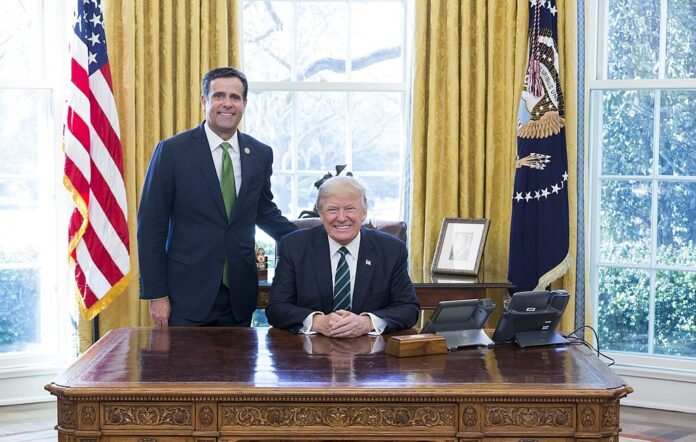CIA Director tells lawmakers Iran’s nuclear programme crippled for ‘years’ by US-Israel strikes
Iran’s nuclear ambitions have suffered a devastating blow after the United States obliterated its only metal conversion facility in a coordinated strike that CIA Director John Ratcliffe claims will set Tehran back by years.
In a classified briefing to US lawmakers last week, Ratcliffe laid out the scale of the destruction, saying the strikes delivered “a monumental setback” to Iran’s nuclear programme, a senior US official told reporters on Sunday under condition of anonymity.
The CIA chief’s assessment echoes Israeli claims that the joint US-Israel military operation has delayed Iran’s bomb-making ability by “many years.” The dramatic offensive — launched just days before a fragile ceasefire took hold — reportedly targeted Iran’s underground facilities at Isfahan, Fordo, and Natanz with a barrage of bunker-busting bombs and Tomahawk missiles.
“It was obliterating like nobody’s ever seen before,” US President Donald Trump told Fox News, doubling down on claims the strike effectively ended Iran’s nuclear threat “for a period of time.”
Though Iran’s enriched uranium stockpile may have survived beneath the rubble, Ratcliffe stressed that without the critical metal conversion site — necessary for producing weapon-grade material — Tehran’s path to a bomb has been crippled.
The site in question was Iran’s sole operational facility for converting uranium compounds into metal, a critical step in nuclear weapon production. Its destruction, officials say, leaves Iran without the infrastructure required to weaponise its existing uranium stores.
Still, the international watchdog isn’t ready to declare victory.
Rafael Grossi, Director-General of the International Atomic Energy Agency (IAEA), told CBS’s Face the Nation that the damage to Iran’s nuclear sites was “important,” especially at locations tied to conversion and enrichment. But he cautioned, “some is still standing,” and full assessment hinges on Iran allowing inspectors access.
“Frankly speaking, one cannot claim that everything has disappeared, and there is nothing there,” Grossi said. “If they so wish, they will be able to start doing this again.”
Appearing on the same programme, Iran’s UN ambassador Amir Saeid Iravani remained defiant. “The enrichment is our right,” he said. “We will never stop.” His comments reflect Tehran’s long-standing stance that its nuclear activities are legal under international treaties — a claim Washington and Jerusalem have consistently rejected.
The recent assault has reignited debate in Washington over the long-term implications. While Trump’s administration has touted the operation as a turning point, critics warn that unless diplomacy resumes, Iran will rebuild. The preliminary Defence Intelligence Agency report notes “significant damage” — but not total destruction — at Fordo, Natanz, and Isfahan.
The Isfahan site, targeted specifically for its metal conversion capability, was considered one of Iran’s most sensitive and tightly protected assets. Its loss, CIA analysts believe, is the single most crippling blow in the strike package.
Israel, which has long viewed Iran’s nuclear programme as an existential threat, claims the strike sets Iran back by “many years.” But the scale of the setback will depend on Tehran’s willingness — and ability — to rebuild.
Grossi, the IAEA head, summed up the dilemma: “Capabilities remain. If they decide to restart, it’s only a matter of time.”
For now, Tehran is wounded but unbowed. What comes next — diplomacy or escalation — may define not just Iran’s nuclear future, but the stability of the entire region.
